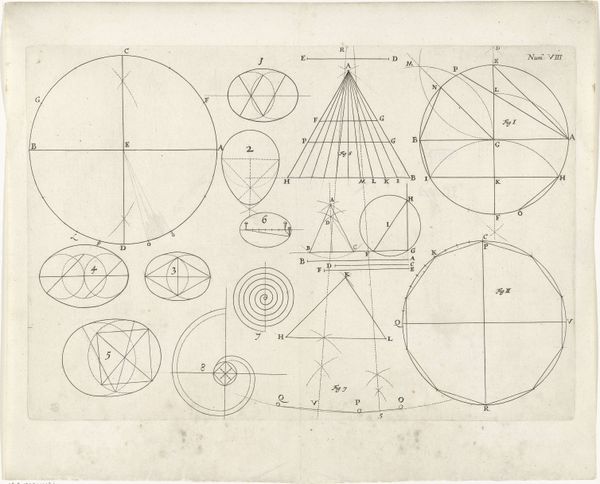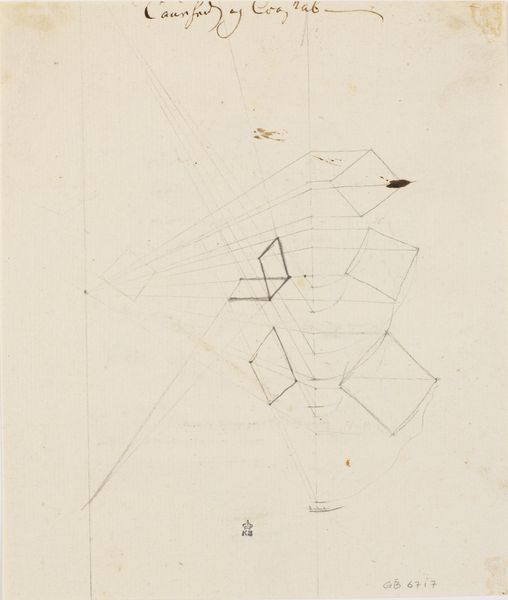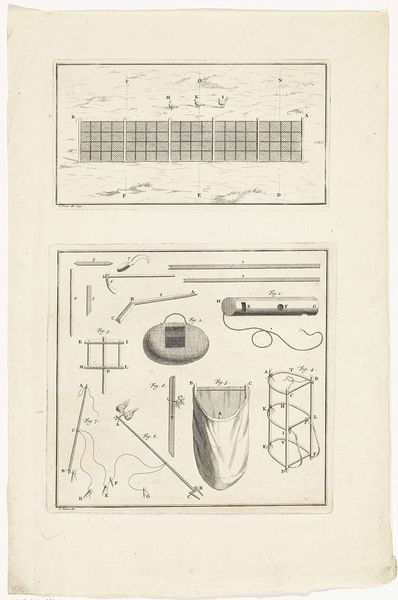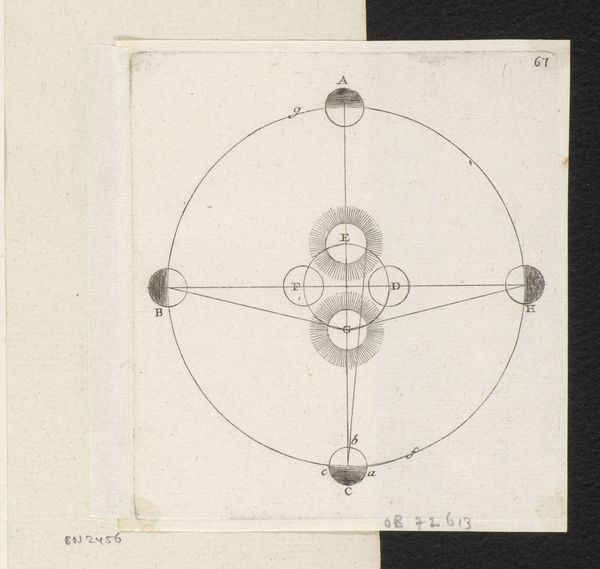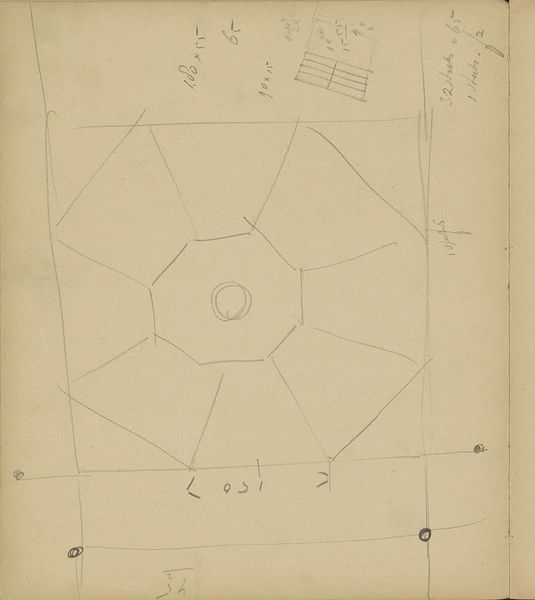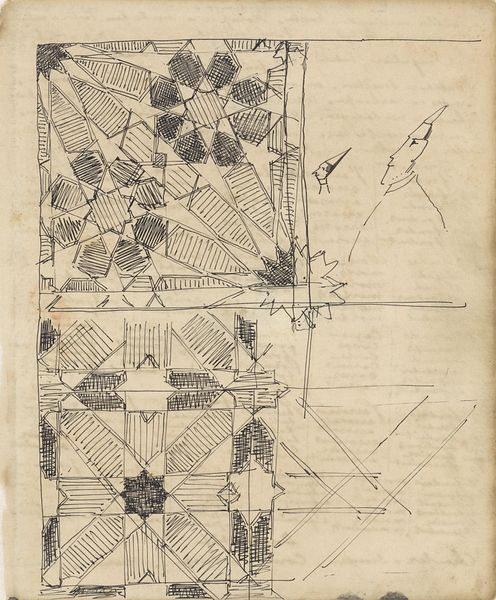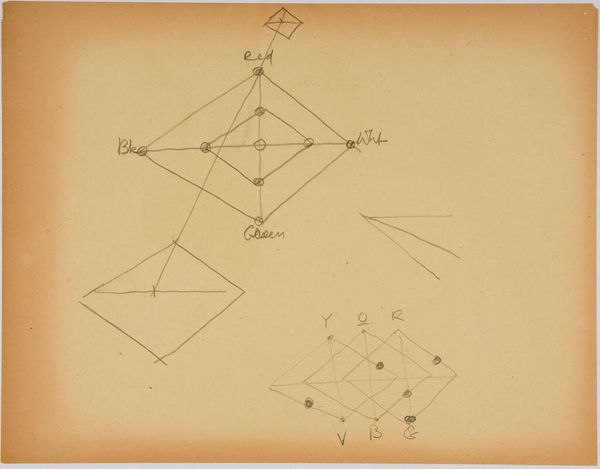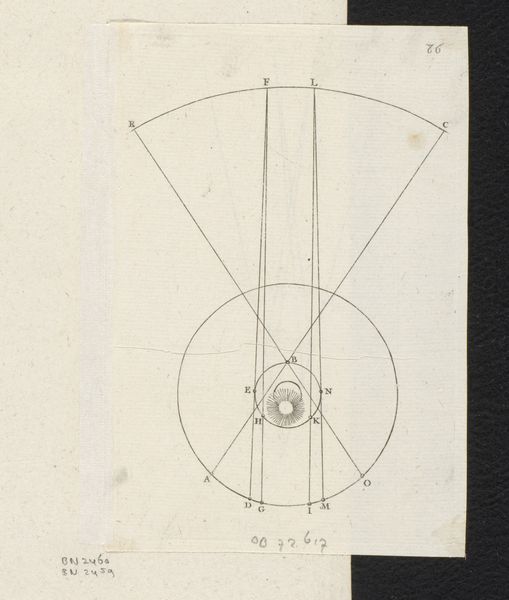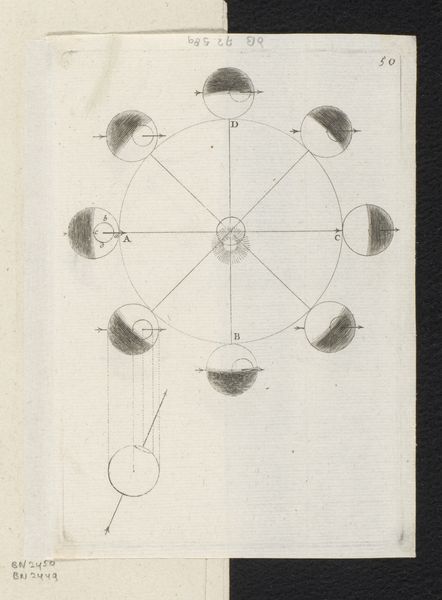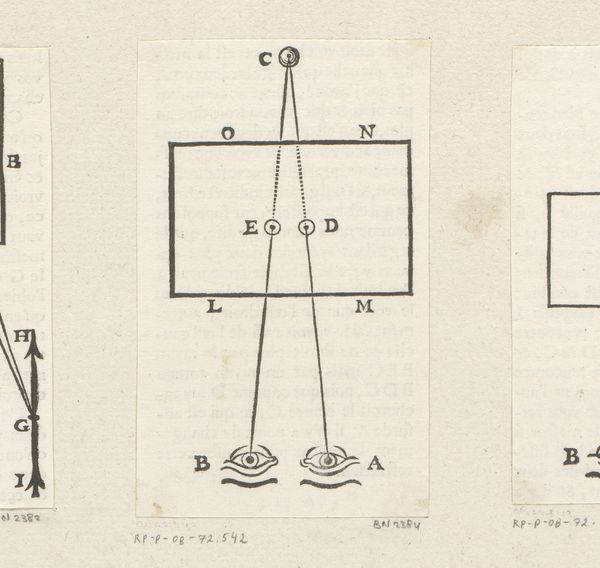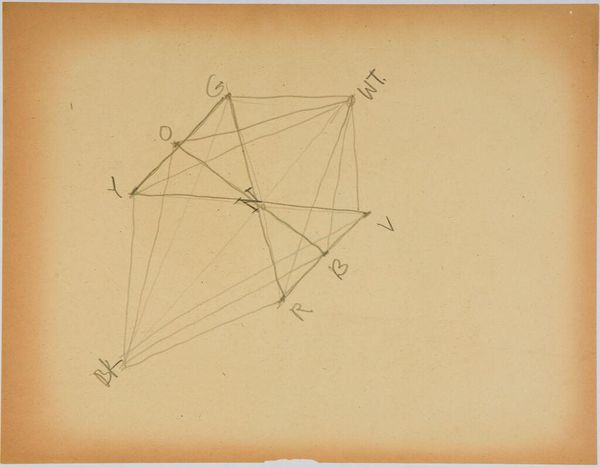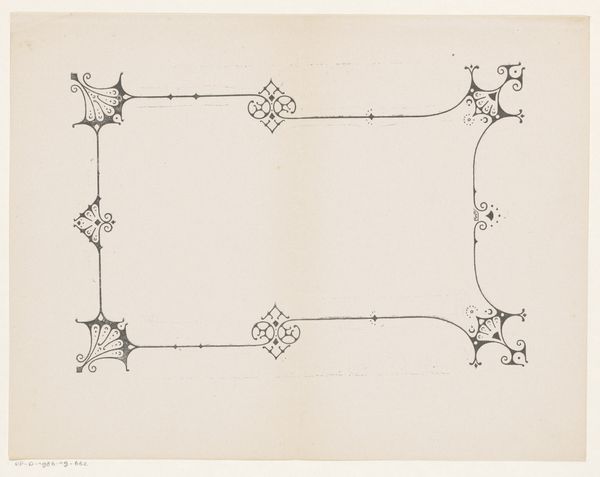
drawing, print, paper, engraving
#
drawing
# print
#
paper
#
geometric
#
academic-art
#
engraving
Dimensions: height 186 mm, width 230 mm
Copyright: Rijks Museum: Open Domain
Editor: This is an intriguing print from 1774 entitled "Encyclopedische voorstelling van mathematische figuren en werktuigen," or "Encyclopedic representation of mathematical figures and tools," created by an anonymous artist using drawing, engraving, and paper. It’s like a page torn from a textbook, filled with diagrams. How do you interpret this work? Curator: For me, this image acts as a potent reminder that even something seemingly objective like mathematics is culturally embedded. It embodies the Enlightenment's faith in reason and categorization, a project aimed at ordering the world, but let's consider whose world was being ordered and for whom? Editor: That's a fascinating point. The “encyclopedic” aspect hints at that desire for comprehensive knowledge. But what about the tools themselves? Do they carry any particular weight? Curator: Absolutely. Tools, particularly scientific instruments, were symbols of power and progress. Reflect on who had access to such knowledge and resources in 18th-century Europe. Knowledge, like art, wasn't – and still often isn't – neutral. How does that context change your understanding of the print? Editor: I see. It highlights the power dynamics inherent in knowledge production. It makes me consider who was excluded from participating in this supposed “universal” understanding. Curator: Exactly. It’s not just a neutral illustration. It's a statement about what knowledge was valued and who had the privilege to pursue it. Editor: This print made me think about the social implications of scientific pursuit and how it's linked to cultural power structures, which I had never considered before. Thank you! Curator: Likewise. Let us then strive to deconstruct these hierarchies of knowledge.
Comments
No comments
Be the first to comment and join the conversation on the ultimate creative platform.

